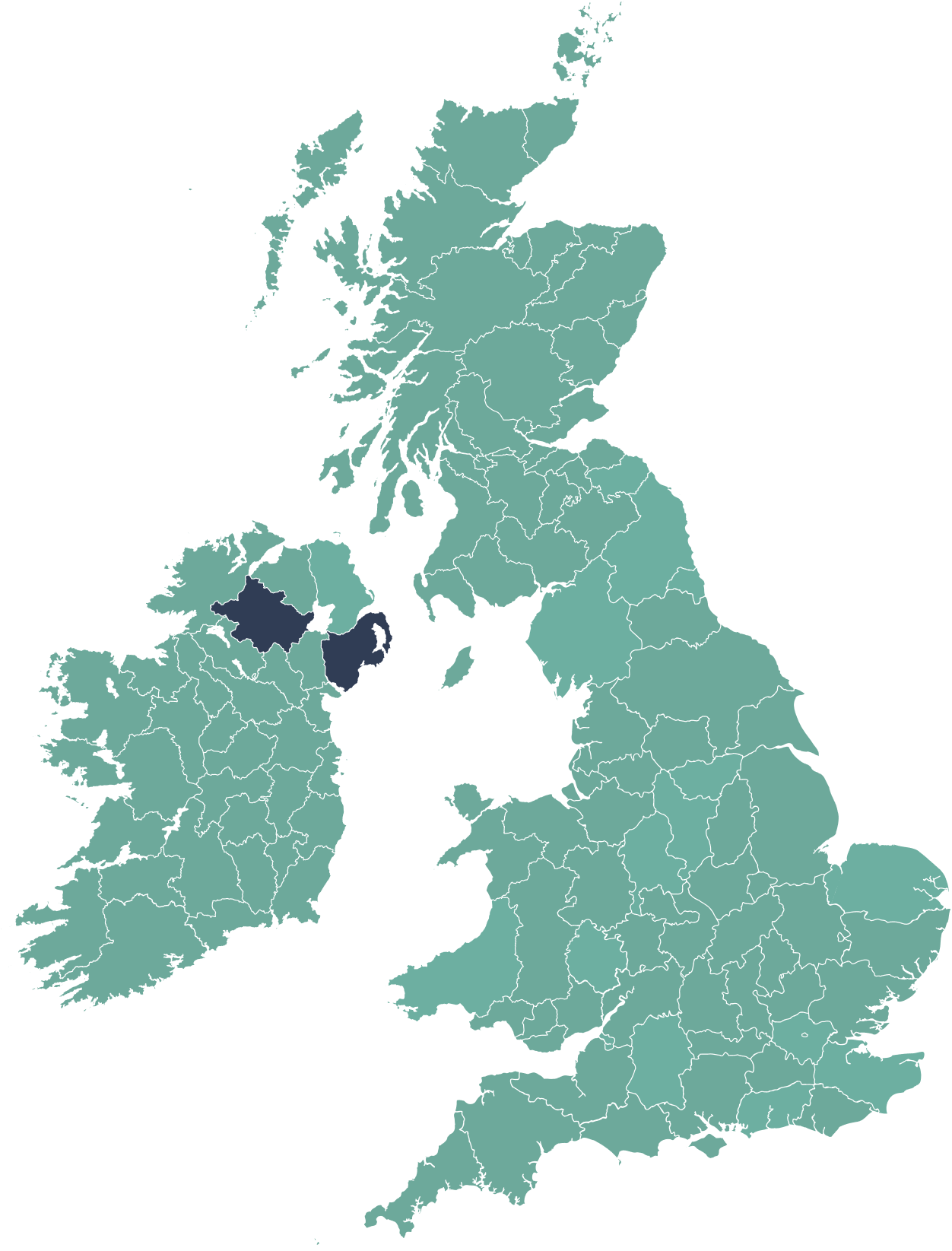Nicholas Associates supported the planting of 4,000 climate resilient trees across the UK in 2023-24
Nicholas Associates are working in partnership with GreenTheUK and the Royal Forestry Society (RFS) to plant new climate resilient trees across UK woodlands. This project focuses on excellence in woodland management, working with foresters and aborists to ensure we are planting for the future with knowledge being shared from one generation to another.
Planting for the future means nurturing skills that will protect woodlands from pests, diseases and improve resilience to climate change. 41% of England’s woodlands are unmanaged or under-managed, which poses threats to the health and sustainability of woodlands. Nicholas Associates is helping to support tree planting rooted in knowledge of UK woodlands, looked after by experts.
The Committee on Climate Change recommends woodland cover is increased to a minimum of 17% by 2050, requiring 30,000 to 50,000 hectares a year of woodland creation. This will store carbon, increase biodiversity, improve flood control, and create a low-carbon route to increasing the resilience of the rural economy.
This planting season, 2023-24, the UK has seen 11 named storms, according to the Met Office, highlighting the need to act each planting season to protect and restore UK woodlands.
This year, Nicholas Associates have planted another 4,000 climate resilient trees making their total contribution 8,000 trees. Thank you for taking climate action for UK woodlands.

Tree Species Planted:
2,480 trees planted in County Tyrone
The woodland in this active quarry is being expanded with newly planted trees that will join up with other small areas of woodland, connecting habitats and increasing biodiversity. The aesthetics of this new woodland will benefit the local community and increase environmental wellbeing, as well as diversifying the wildlife within the woodland itself.
1,520 trees planted in County Down
This new woodland is being created with wildlife in mind. The trees have been specially selected to provide shelter and food for birds and mammals. This woodland features 16 different types of tree to increase the biodiversity value of the area. The new woodland will be particularly beneficial for birds of prey, badgers, hedgehogs and woodland wildflowers.

UN's Sustainable Development Goals
As a GreenTheUK partner, you support projects that are in line with the UN Sustainable Development Goals.

Take urgent action to combat climate change and its impacts.

Sustainably manage forests, combat desertification, halt and reverse land degradation, halt biodiversity loss.





































































.jpg)
.jpg)
.jpg)
.jpg)
.jpg)
.jpg)
.jpg)
.jpg)
.jpg)